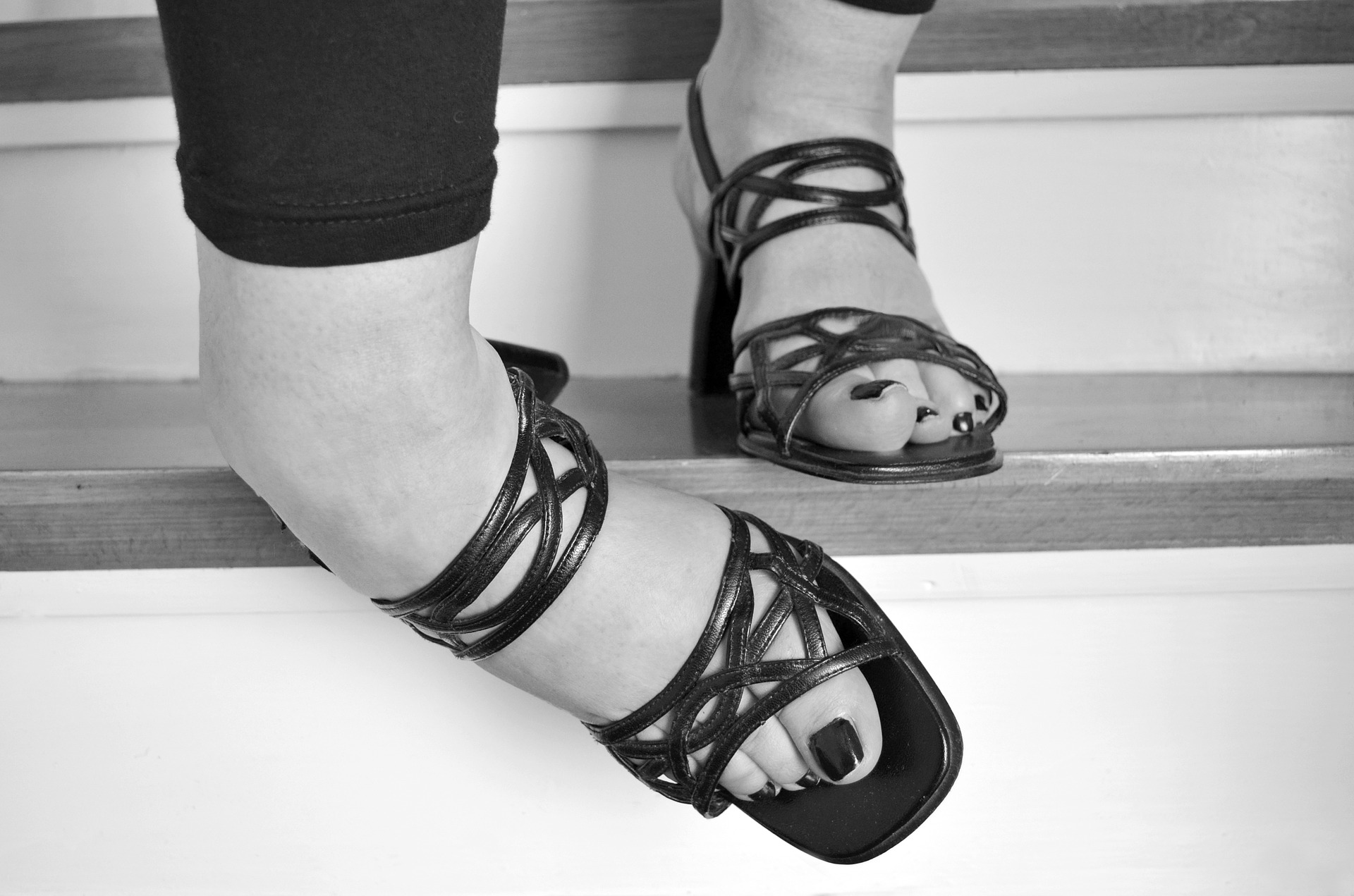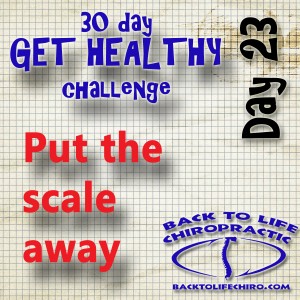Sprains and strains are some of the most common injuries out there. In some cases they result from subjecting our bodies to higher and higher physical demands. Other times they stem from activities of normal daily living taking their toll on unfit bodies. Whatever the cause, sprain/strain injuries remain a persistent problem.
The terms sprain and strain are often used interchangeably, but they are not the same.
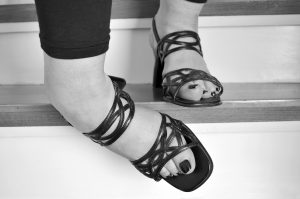
A strain refers to a stretching or tearing injury to the muscle or tendon. A sprain, on the other hand, involves ligaments.
Sometimes you’ll hear an incident referenced as a “sprain/strain” injury. This type of injury would obviously involve both the muscles and ligaments, and depending on the severity of the trauma, it can be difficult to injure one type of tissue without also affecting the other.
How to Tell if You Have a Sprain or a Strain
Figuring out if you have a sprain or a strain is really pretty easy. But first things first.
As quickly as possible after an injury, ice down the affected joint. Inflammation in general is not a bad thing. In fact, inflammation is essential to the healing process. Circulation will increase at the area of injury as white blood cells and other agents of the recovery process are shuttled in.
However, when a joint capsule is inflamed, as is often the case immediately following an injury, it can make it more difficult to figure out what you’re dealing with. Therefore, it’s best to reduce joint capsule inflammation before trying to diagnose a sprain or a strain.
Test Your Active Range of Motion
After icing the affected area, try to put the joint through a normal range of motion. If you turned your ankle for example, try to actively roll your foot inward toward the arch and then outward in the opposite direction. Then try to flex and extend the joint. The point is to locate any site of pain and note which movements cause any discomfort. Let’s say you have pain on the outside of the ankle when you roll your foot in that direction. You most likely strained the muscles on the outer ankle when you turned it.
Then Test Your Passive Range of Motion
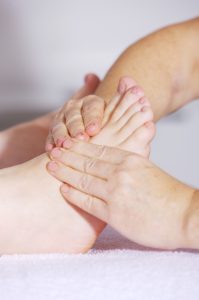 Now have a friend turn your foot inward while you let the muscles relax. The point of this test is to check the health of the ligaments. Ligaments are strong connective tissue that connect bone to bone. They support the joint, but they don’t move it like the muscles do. Putting the joint through a passive range of motion without engaging the muscles tests the integrity of the ligaments. Pain on passive range of motion, when the muscles are not engaged, usually means that you are dealing with a ligament sprain.
Now have a friend turn your foot inward while you let the muscles relax. The point of this test is to check the health of the ligaments. Ligaments are strong connective tissue that connect bone to bone. They support the joint, but they don’t move it like the muscles do. Putting the joint through a passive range of motion without engaging the muscles tests the integrity of the ligaments. Pain on passive range of motion, when the muscles are not engaged, usually means that you are dealing with a ligament sprain.
Pain on every direction during passive range of motion is a common symptom of joint capsule swelling. It is highly uncommon to injure all the ligaments around the circumference of a joint. If pain is elicited on every range of motion, continue to ice until the joint capsule inflammation subsides and then retest.
So to recap:
Pain on active ROM, no pain on passive ROM = Muscle strain
Pain on active ROM, pain on passive ROM = Sprain/Strain
No pain on active ROM, pain on passive ROM = Ligament sprain
No pain on active ROM, no pain on passive ROM = Drama queen/king
So Now What?
Sprains and strains can most commonly be treated with ice and compression. When resting, elevating the 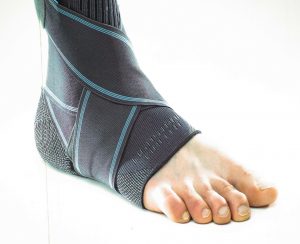 affected joint can help to minimize discomfort. A wrap or sleeve can help to control swelling and provide additional support when use of the joint is required, but be careful not to completely immobilize the joint.
affected joint can help to minimize discomfort. A wrap or sleeve can help to control swelling and provide additional support when use of the joint is required, but be careful not to completely immobilize the joint.
Wrapping a bad sprain can be especially helpful. Remember that ligaments support joints by connecting one bone to another, so bolstering the joint with a wrap can take the stress off of an injured ligament, allowing it to heal more rapidly.
In the case of a muscle strain, start gently working the joint through non weight bearing movement as soon as you feel fit. Maintaining as much healthy range of motion as possible can help speed the healing process.
All but the worst sprains and strains usually heal up within 6-8 weeks. Once completely healed, resistance exercises for the affected tissues can strengthen the joint and help to prevent a recurring injury.
Be Your Best,

